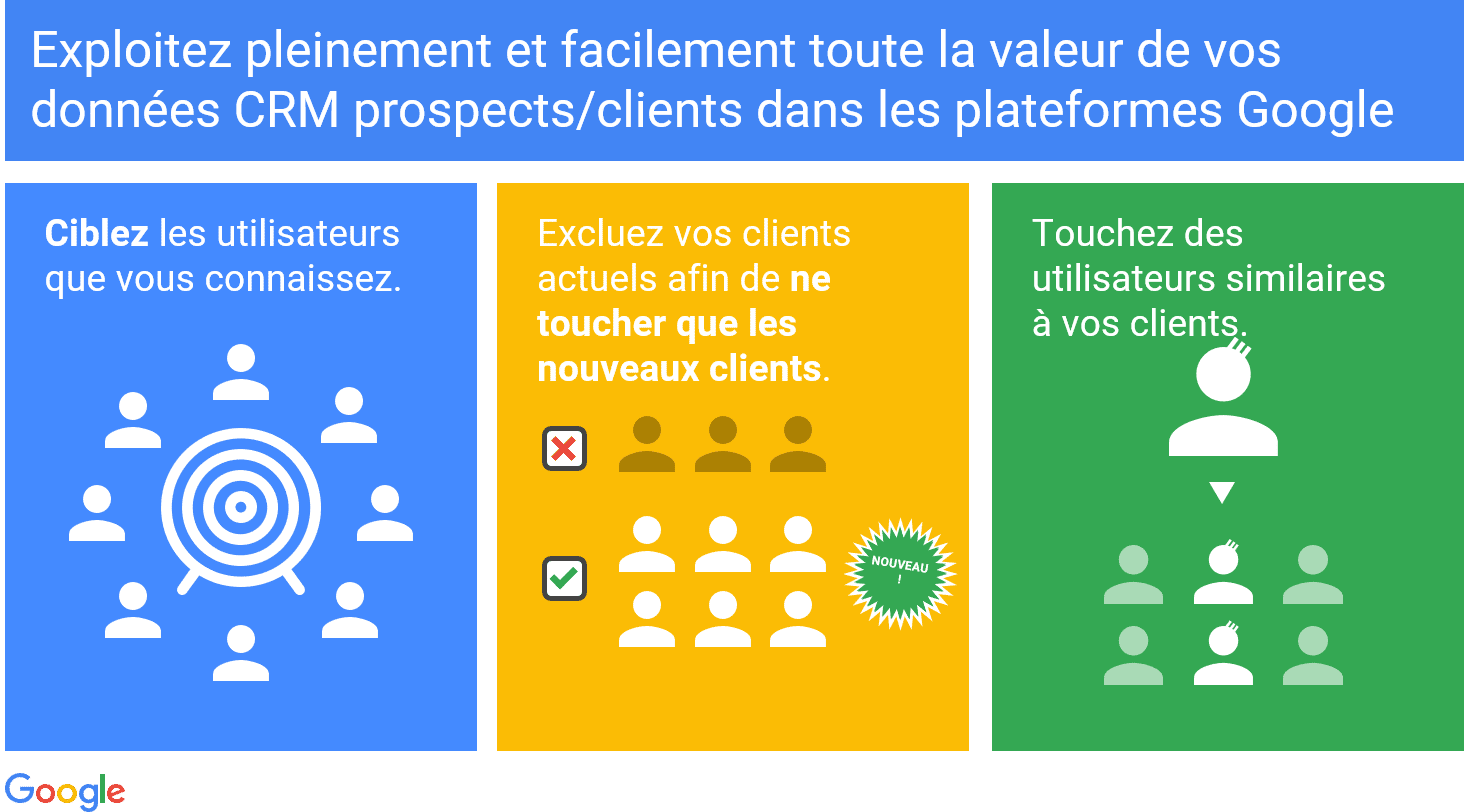Because there are over 1 billion websites on the Internet, and Google has indexed some 30,000 billion pages. When an Internet user searches the Web, the only way to make a page visible to them is to optimize it by applying the search engine’s rules.
A milestone
Natural referencing
Search engine optimization (SEO) is free: you can’t pay search engines to influence your site. It is thus distinguished from Search Engine Advertising (SEA), which consists of paying the search engine to appear at the top of the results pages in the form of advertising. In France, legislation requires search engines to distinguish between paid ads and natural results. The term “Ad” therefore appears in the SEA results.
Local referencing
More and more Internet users (especially on mobile) are searching for local businesses on the web. Local SEO helps you appear on these types of searches, which are closely linked to Google Map and Google My Business pages. Local search engine optimization differs from national search engine optimization in that Google is able to offer personalized and different results to Internet users typing “Pizzeria” on their mobile, depending on whether they are located in Paris, Lyon or Marseille. Google will display in its results, on a Google Map, pizzerias close to each of these Internet users based on their geolocation.
Paid search
It consists of the placement of subsidized responses (paid, auctioned or fixed-cost) in the results pages of a search engine, as opposed to free, so-called natural referencing. However, this practice is not a substitute for natural positioning: rather, it is a complementary technique aimed at the short term (for example, during a site launch or promotional campaign).

Google Ads is an online advertising tool developed by Google. It enables advertisers to create and deliver online ads to a target audience on a variety of media, including search engines, websites, applications and videos. The services offered by Google Ads include paid online advertising, search advertising, video advertising, mobile advertising, display advertising and app advertising. Advertisers can target their audience based on criteria such as location, age, interests and much more. Google Ads also offers tracking and analysis tools to help advertisers measure the performance of their advertising campaigns and optimize them accordingly.

Google Ads Customer Match is a Google Ads feature that lets you segment and personalize your advertising messages. With this feature, you can target prospects and customers using a list of e-mail addresses. Audience segmentation enables you to tailor your bids and advertising message according to criteria such as age, gender, geolocation, purchase portfolio, etc. Using your own CRM data, you can personalize your ads for premium customers and provide them with exclusive benefits. What’s more, Customer Match enables you to communicate differently with your prospects and build customer loyalty by personalizing your advertising message. After importing your Customer Match audience, Google also lets you target other users with profiles similar to those in your database. You can also exclude users from your customer database to focus on your acquisition strategy. To use Customer Match, you need to comply with certain rules, such as the use of proprietary data recorded via your website, an imported .csv file and a minimum of 1000 e-mail addresses.


